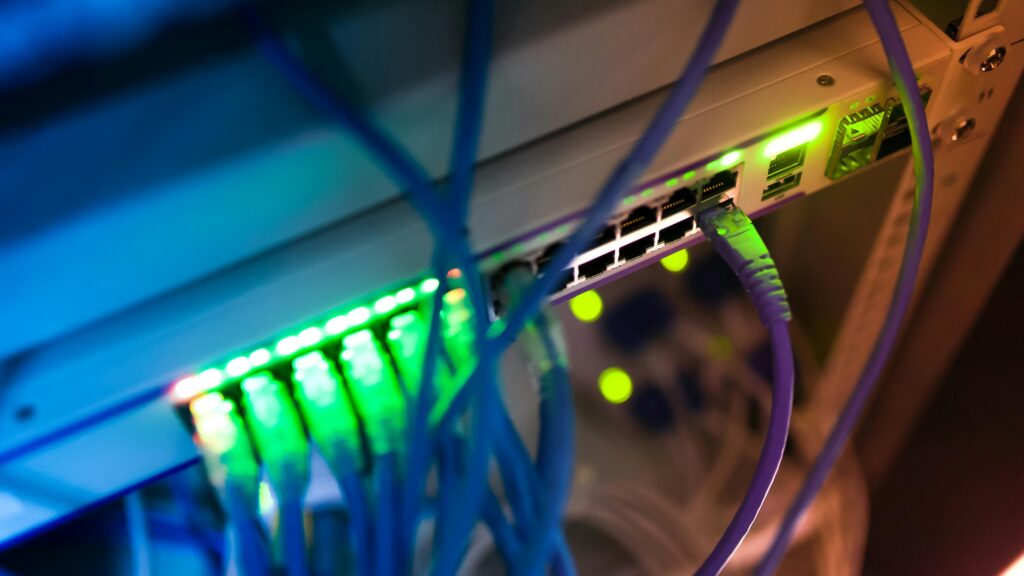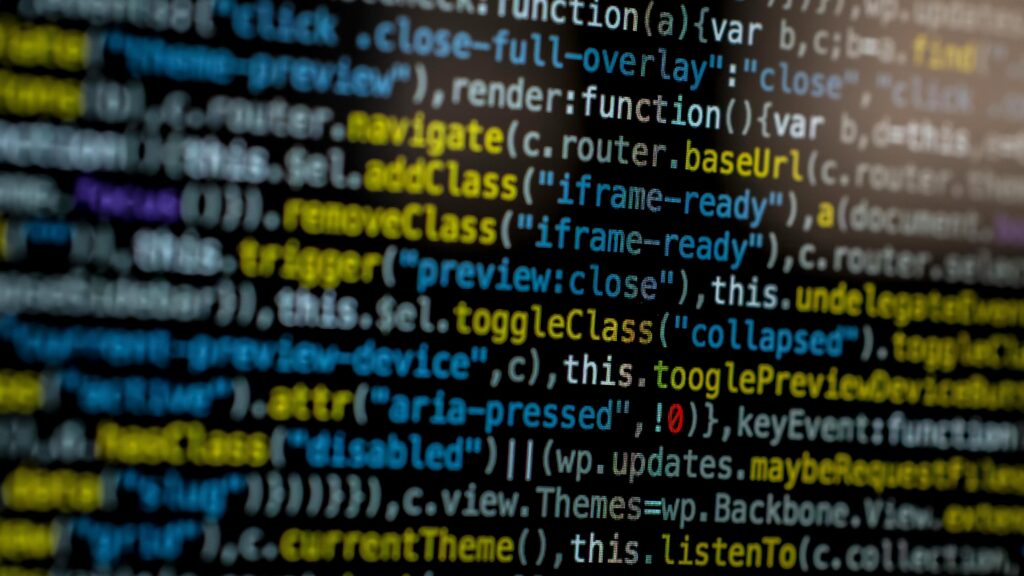Have you ever wondered how your computer knows which instruction to execute next? The secret lies in a crucial component called the program counter. But what is a problem counter, and why does it matter so much? In this article, I’ll explain what is a problem counter in simple terms, showing how it keeps programs running in the correct sequence and ensures every instruction is processed in perfect order for smooth computer operation.
What is Computer Science?
Before diving deeper, let’s first understand the broader field. Computer science is the study of computers and computational systems. It involves both hardware and software, exploring how they interact to solve problems, perform tasks, and execute commands. Understanding the basics, such as the problem counter, is key to grasping how computers really work.
Importance and Function
The term “problem counter,” often known as the program counter or instruction pointer, is a critical part of your computer’s central processing unit (CPU). Simply put, it’s a special register that holds the memory address of the next instruction your CPU will execute. The problem counter ensures the CPU fetches instructions from memory in the correct sequence. It acts like a bookmark, guiding your CPU step-by-step through a program.
Every time the CPU fetches an instruction, the problem counter updates automatically. As a result, it always points to the next command waiting to be executed. Normally, this moves forward sequentially. However, certain instructions or events can alter its value. For instance, branching instructions can make the CPU jump to a different program section. This flexibility allows functions, loops, and conditional statements to work effectively.

Risks and Differences
But what happens if it points to an invalid address? In that case, your program could crash or behave unpredictably. The CPU might attempt to execute an instruction from an undefined area, causing errors or system failures.
Importantly, the problem counter is not the same as any memory address. It specifically points to instructions, whereas memory addresses can refer to instructions or data. Thus, it has a unique role in program execution.
Additionally, during multitasking, the problem counter helps manage different tasks. When switching tasks, your computer saves the current value of the problem counter and restores another, smoothly returning to interrupted processes.
Final Thoughts
Understanding “what a problem counter is” can demystify how computers execute programs. Although invisible to most users, it plays an essential role in every digital task you perform. Grasping its functionality gives you valuable insight into computer operations and programming logic, helping you become a more informed tech user.
What’s Next?!
Now that you know what a problem counter is and how it ensures instructions run in the right order, it’s time to explore how data moves inside a computer. In my next article, “What Is a Bus in Computing? Let Me Break It Down Simply,” I’ll explain how buses connect the different parts of a computer and enable fast, efficient communication. Join me to discover how this hidden network keeps every operation running smoothly.
Credits: Photo by Foto von panumas nikhomkhai from Pexels
| More about draw.io |
|---|
| Create a Blank Diagram Create a Diagram using Templates Open an Existing Diagram Synchronize Save Files |




